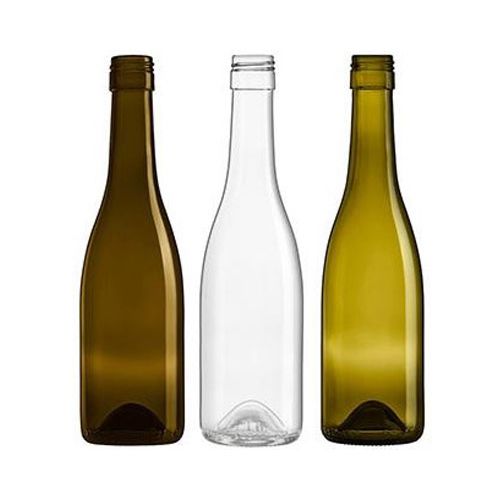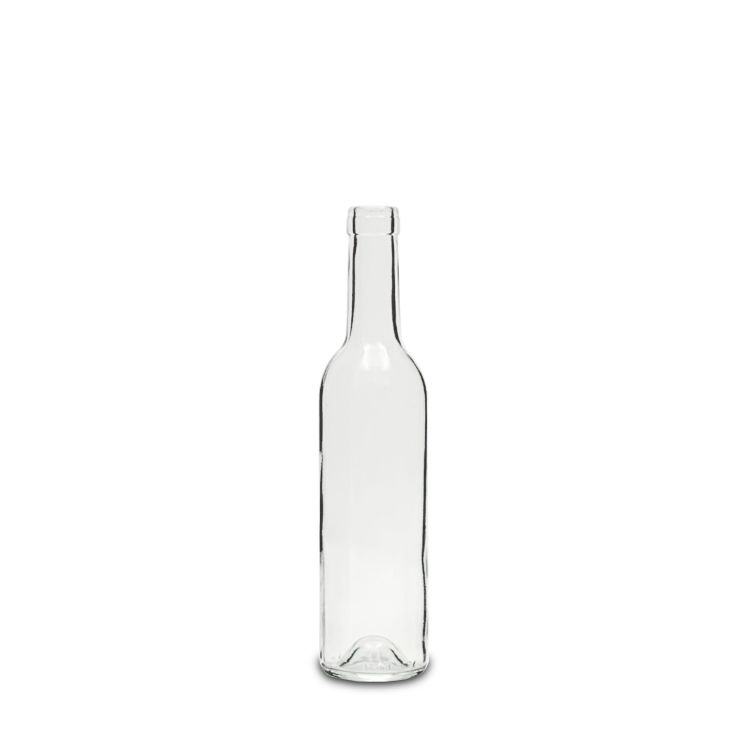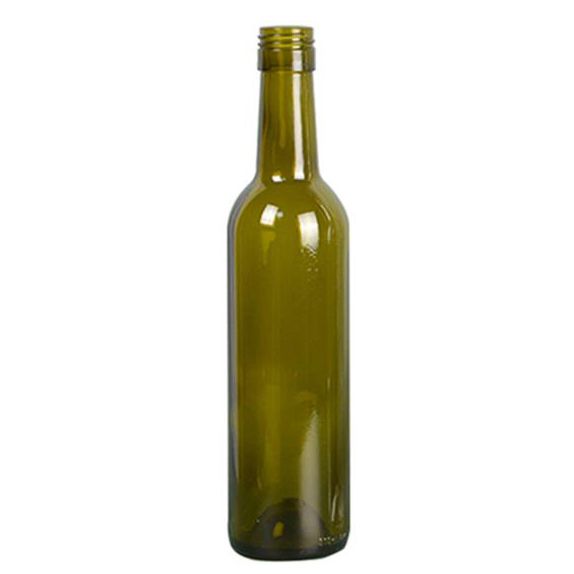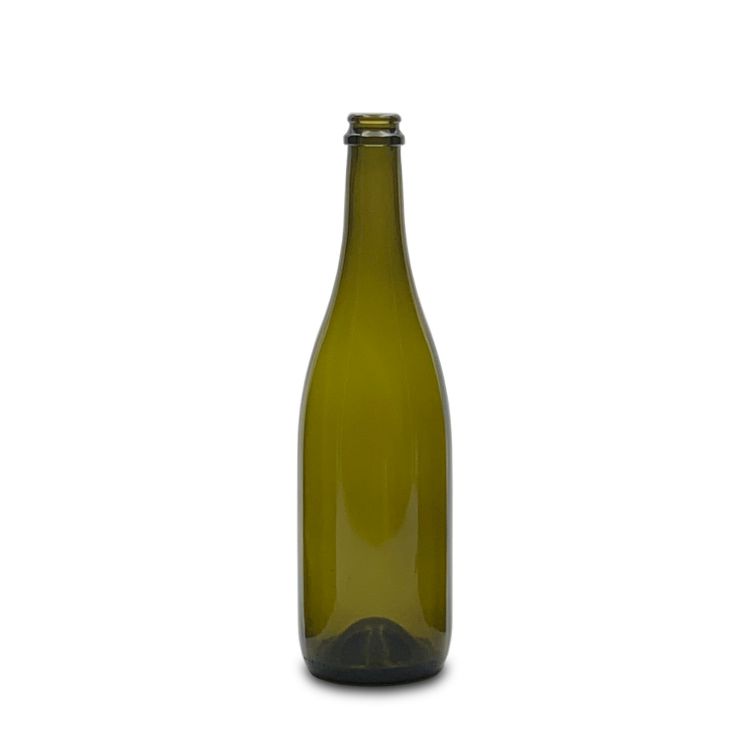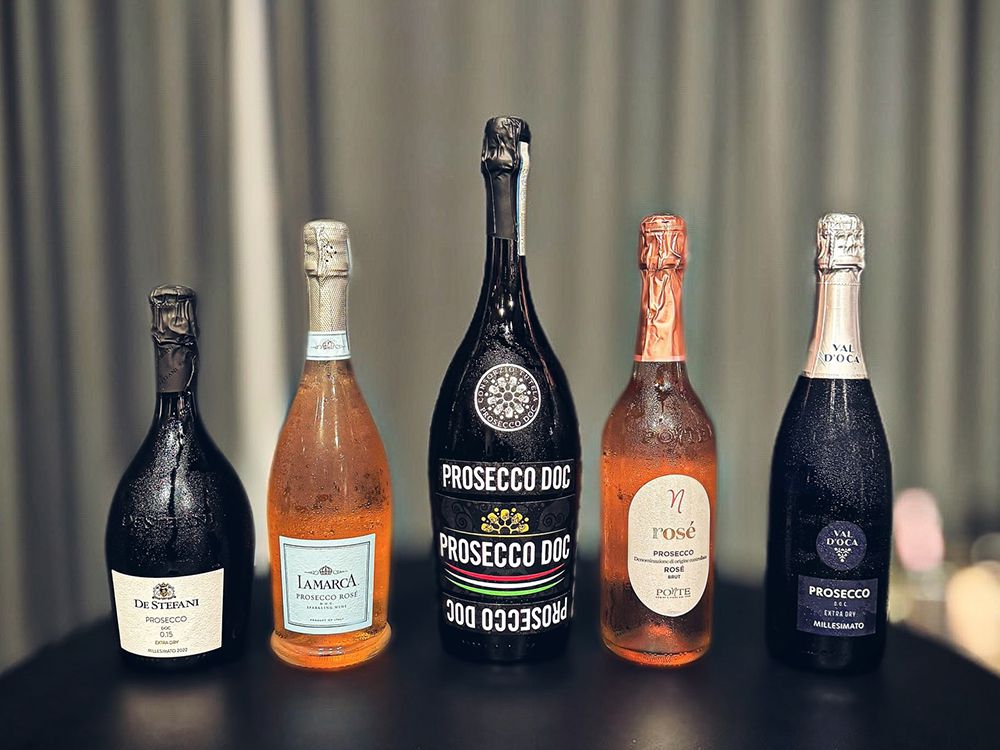
Before I go into detail, I know what you want to see quickly. As you wish:
| Bottle Name | Volume (Liters) | Equivalent Standard Bottles | Servings (Glasses) | Common Use | Historical Significance |
|---|---|---|---|---|---|
| Piccolo (Split) | 0.1875 L | 1/4 bottle | 1 glass | Single-serve sparkling wines | “Piccolo” means “small” in Italian. |
| Demi | 0.375 L | 1/2 bottle | 2.5 glasses | Dessert wines, premium offerings | “Demi” means “half” in French. |
| Standard | 0.75 L | 1 bottle | 5 glasses | Most wines | Standardized for global wine production and distribution. |
| Magnum | 1.5 L | 2 bottles | 10 glasses | Aging wines, special occasions | Latin for “large,” favored for aging wines. |
| Jeroboam | 3.0 L | 4 bottles | 20 glasses | Sparkling wines, large events | Named after the first king of the northern kingdom of Israel. |
| Rehoboam | 4.5 L | 6 bottles | 30 glasses | Champagne houses | Named after Rehoboam, son of King Solomon. |
| Methuselah | 6.0 L | 8 bottles | 40 glasses | Red and sparkling wines | Methuselah, the oldest man in the Bible, symbolizes longevity. |
| Salmanazar | 9.0 L | 12 bottles | 60 glasses | Large events, prestigious occasions | Named after Assyrian King Salmanazar. |
| Balthazar | 12.0 L | 16 bottles | 80 glasses | Celebrations, grand events | Named after one of the Three Wise Men. |
| Nebuchadnezzar | 15.0 L | 20 bottles | 100 glasses | Ceremonial occasions | Named after the powerful King Nebuchadnezzar of Babylon. |
| Melchior | 18.0 L | 24 bottles | 120 glasses | Monumental celebrations | Named after one of the biblical Magi, symbolizing generosity. |
| Sovereign | 26.0 L | 35 bottles | 175 glasses | Special occasions, luxury market | Introduced in 1988, used for launching a cruise liner. |
| Primat | 27.0 L | 36 bottles | 180 glasses | Prestigious events | Also known as Goliath, after the biblical giant. |
| Melchizedek | 30.0 L | 40 bottles | 200 glasses | Monumental celebrations | Named after the biblical King of Salem, symbolizing peace. |
Wine Bottle Sizes and Their Characteristics
Wine bottle sizes range from small, single-serve bottles to massive formats used for large gatherings. Each size plays a role in preserving wine quality, impacting wine aging, and adding to the overall experience for consumers.
This guide will provide a detailed, technology-focused overview of wine bottle sizes, their historical significance, and their importance in modern packaging. We’ll also cover practical considerations like oxygen exposure, shipping, and packaging logistics, giving newcomers to the industry a comprehensive understanding of this critical aspect of wine packaging.
Why do wine bottles come in so many sizes?

The size of a wine bottle is more than just a way to hold wine; it influences the wine’s aging process, consumer experience, and even the logistics of shipping and storage. The industry standard for wine bottles is 750 milliliters, but there are numerous other sizes used for various purposes.
The Role of Bottle Size in Wine Aging
Larger wine bottles tend to age more slowly than smaller ones. This is because of the ratio between the wine’s volume and the amount of oxygen that can enter the bottle through the cork. In smaller bottles, the wine is exposed to more oxygen relative to its volume, causing it to age faster. Larger bottles, such as Magnums or Jeroboams, expose the wine to less oxygen, allowing it to mature at a slower, more gradual pace.
For premium wines intended for long-term aging, large-format bottles are often preferred. This is especially important for producers who want to ensure that their wine will age well over many years. From a packaging perspective, understanding how bottle size affects aging is critical when planning for long-term storage or distribution.
Enhancing the Consumer Experience
From a consumer standpoint, the size of the bottle can greatly impact the experience. Larger bottles, such as the Nebuchadnezzar or Melchior, create a sense of occasion and grandeur, making them ideal for special events or celebrations. Smaller bottles, like the Piccolo or Demi, offer convenience for single servings or casual consumption.
For wine producers and packagers, offering a range of bottle sizes can cater to different markets and consumer preferences. A winery may offer smaller bottles for casual drinkers and larger bottles for collectors or special occasions.

Packaging and Shipping Logistics
One of the more practical considerations in wine packaging is the logistics of handling different bottle sizes. Larger bottles are heavier and bulkier, which can increase shipping costs and complicate storage. Special packaging materials may be required to protect large-format bottles during transportation. Conversely, smaller bottles are easier to handle and ship but may require more packaging materials per unit of wine.
Understanding these logistical considerations is important for anyone involved in wine packaging, as it can influence the choice of bottle size depending on the target market and distribution channels.

About the Wine Bottle Size Names
The names of wine bottle sizes are rooted in rich history, with many derived from biblical kings and ancient figures. These names not only add a sense of tradition and prestige to the wine industry but also serve as a unique way to distinguish between the various bottle sizes, especially for larger formats. While the origins of these names are not always well-documented, their use has become a standard in the industry.
For instance, some of the most well-known bottle sizes, such as Jeroboam, Methuselah, and Nebuchadnezzar, are named after prominent kings in the Bible. These names evoke grandeur, power, and longevity, which align with the attributes of large-format bottles often used for aging premium wines or making a statement at grand events. Other names, like Piccolo and Magnum, come from Italian and Latin, respectively, and directly reflect the bottle’s size relative to the standard 750 ml.
Understanding these names is essential for anyone in the wine packaging industry, as they are frequently used in both marketing and logistics to categorize and identify different wine bottle formats. From the smallest Piccolo to the massive Melchizedek, these names help convey the importance of bottle size in both wine production and consumption.
The Standard and Most Common Bottle Sizes
Wine bottle sizes vary in terms of capacity and use, with standard sizes being the most commonly encountered in daily operations and consumption.
Piccolo (187.5 ml)
The Piccolo (also known as a split) is a small bottle, typically used for single servings of sparkling wines like Champagne. This size holds one glass of wine, making it perfect for individual portions or small events.
Demi (375 ml)
The Demi or half bottle is equal to half the standard 750 ml bottle, holding about two and a half glasses of wine. It’s often chosen for couples or small gatherings where a full bottle is unnecessary.
Standard (750 ml)
The Standard 750 ml bottle is the most common wine bottle size, holding about five servings of wine. It is the default size for retail sales, restaurant service, and most wine shipments. This size is ideal for both casual drinking and collecting.
Larger and Less Common Bottle Sizes
Larger wine bottle sizes not only hold more wine but also tend to improve the aging process by minimizing the amount of oxygen that comes in contact with the wine. These bottles are less common but offer significant advantages for collectors and those hosting large events.
Magnum (1.5 L)
The Magnum holds the equivalent of two standard bottles (or ten glasses of wine). It’s often used for aging red wines and is highly sought after for both its practicality and the prestige it brings to a gathering. Its size also ensures slower oxidation, allowing wines to age gracefully over time.
Jeroboam or Double Magnum (3 L)
The Jeroboam, sometimes referred to as a Double Magnum, holds four standard bottles of wine. It’s primarily used for Champagne or large-format red wines, and its name is derived from the biblical king of Israel. This size is perfect for celebratory events or as a collector’s piece.
Rehoboam (4.5 L)
The Rehoboam holds six standard bottles of wine and is often used for sparkling wines, particularly Champagne. Named after a biblical king, this bottle size is typically seen at large, formal events and celebrations.
Rare and Colossal Sizes
These rare and colossal wine bottle sizes are less common in everyday settings but are widely used for special occasions, extravagant events, and aging premium wines.
Methuselah (6 L)
The Methuselah holds eight standard bottles of wine and is commonly used for sparkling wines. It shares its name with the biblical figure known for his long life, symbolizing the durability and age-worthiness of wines stored in this large format.
Salmanazar (9 L)
The Salmanazar holds the equivalent of twelve standard bottles of wine. Named after an Assyrian king, this size is typically reserved for grand occasions and impressive displays, and it allows for slower aging, preserving wine quality for longer periods.
Balthazar (12 L)
The Balthazar holds sixteen standard bottles of wine. This rare bottle is named after one of the Three Wise Men from the Bible, symbolizing wisdom and luxury. It’s a striking choice for events or for aging premium wines.
Nebuchadnezzar (15 L)
The Nebuchadnezzar is an imposing bottle that holds twenty standard bottles of wine. Named after the longest-ruling king of Babylon, it’s often a centerpiece at the most extravagant parties or a collector’s dream.
Melchior (18 L)
The Melchior holds twenty-four standard bottles, making it one of the largest wine bottles available. Named after the oldest of the biblical Magi, it’s a rare sight and typically used for large-scale celebrations or as a collector’s trophy.
Solomon (20 L)
The Solomon holds the equivalent of twenty-six standard bottles of wine. Named after the son of King David, this colossal bottle is rarely seen outside of major events or exhibitions, where it makes an awe-inspiring statement.
Sovereign (26 L)
The Sovereign holds thirty-five standard bottles of wine. Created for the launch of the world’s largest cruise liner in 1988, it represents exclusivity and opulence.
Primat or Goliath (27 L)
The Primat or Goliath holds thirty-six standard bottles of wine. Named after the giant defeated by David, this size embodies the grandeur and might associated with such an enormous vessel.
Melchizedek or Midas (30 L)
The Melchizedek or Midas is the largest wine bottle size, holding forty standard bottles of wine. Named after historical kings, this format is used for the most exclusive events or as a display of luxury and wealth.
The Impact of Bottle Size on Wine Packaging and Distribution
In the wine packaging industry, bottle size significantly affects packaging design, shipping costs, and storage logistics. Different wine bottles require customized packaging solutions to ensure they are securely transported without damage. This is especially important for large-format bottles, which are more prone to breakage due to their size and weight.
Shipping and Handling Considerations
Large-format bottles are heavier and require more protective packaging during shipping. This can increase the cost of transportation, particularly for international shipments. It’s crucial for packaging companies to design sturdy, well-padded boxes for these bottles to avoid breakage.
On the other hand, smaller bottles are easier to handle and can be shipped in bulk, reducing shipping costs. However, because more bottles are involved, packaging designs must be efficient to avoid waste while ensuring product safety.
Storage and Shelf Space Efficiency
Bottle size also impacts storage efficiency. Smaller bottles take up less space and can be stored in large quantities. Conversely, large-format bottles require more shelf space and careful stacking to avoid accidents. Wineries and retailers must account for these factors when designing their storage systems, particularly for long-term aging of large-format wines.
FAQs
What are the sizes of wine bottles?
Wine bottles come in various sizes, each with its own unique name. Common sizes include:
How big is a 750 ml bottle of wine?
A 750 ml bottle of wine is considered the standard size and holds approximately five 5-ounce servings. It is the most common size used for retail sales and restaurant service.
What is a 12 L bottle of wine called?
A 12 L bottle of wine is called a Balthazar. It holds the equivalent of sixteen standard bottles of wine and is often used for grand occasions.
What size is a Magnum?
A Magnum bottle holds 1.5 L, which is equivalent to two standard 750 ml bottles of wine. This size is popular for both aging wines and making an impression at gatherings.
What is the average size of a wine bottle?
The average size of a wine bottle is 750 ml. This size is widely accepted and commonly found in retail stores and restaurants.





